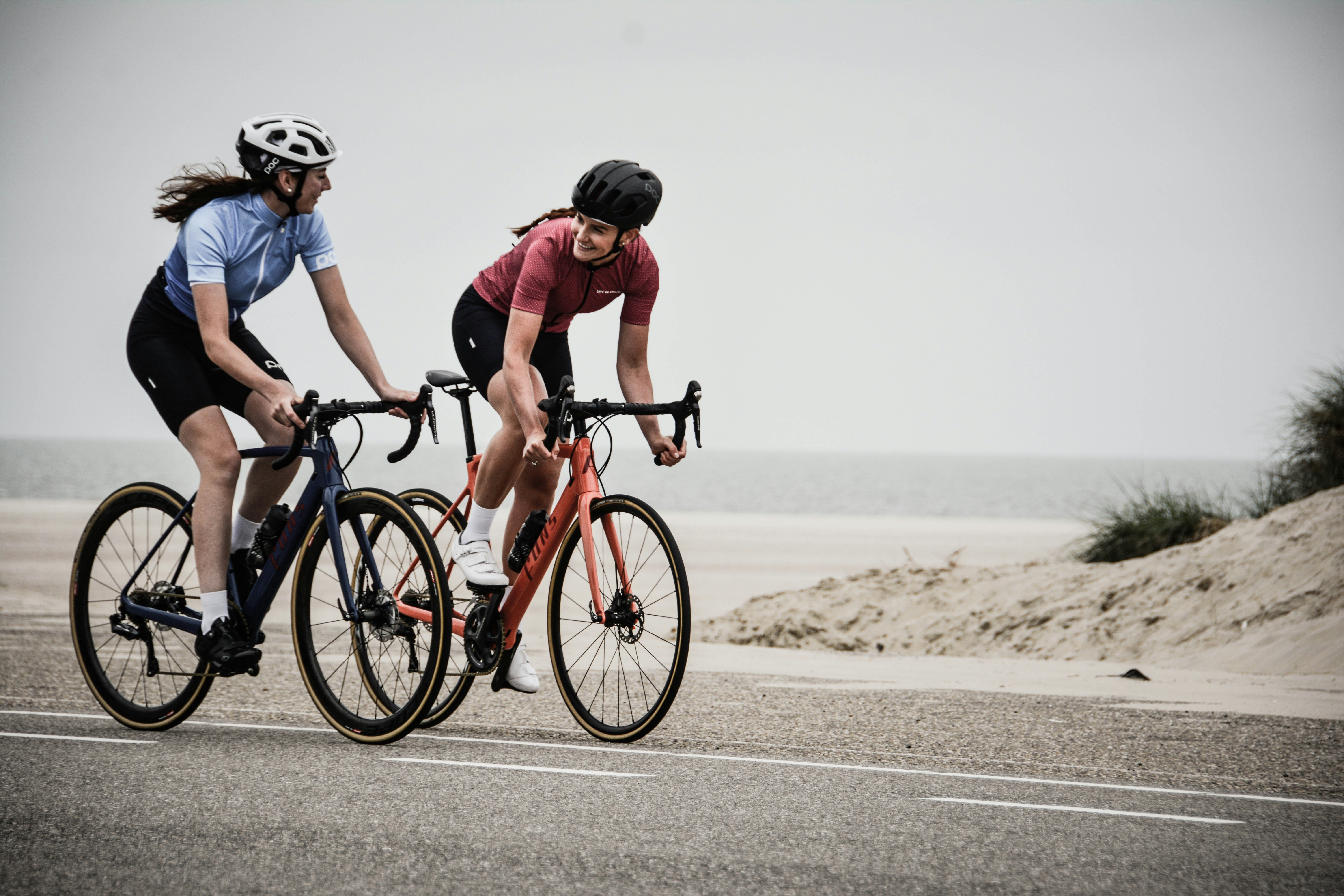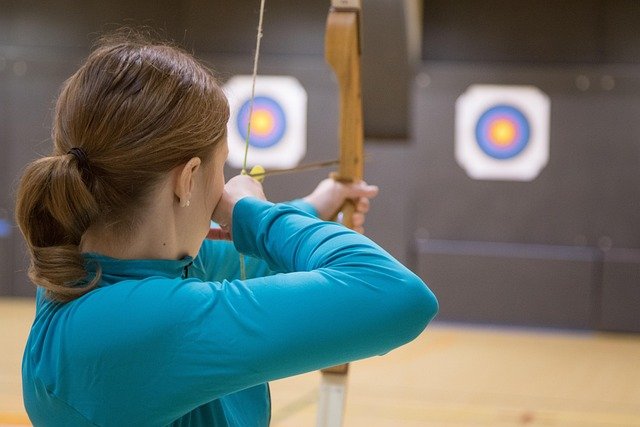Whiskers and Wheels: The Fascinating World of Bicycle-Riding Cats
In the ever-evolving realm of pet talents, a curious trend has emerged that's capturing hearts and turning heads: cats who ride bicycles. This extraordinary phenomenon combines feline agility with human ingenuity, resulting in a spectacle that's as adorable as it is impressive.

The Origins of Feline Cycling
The concept of cats riding bicycles isn’t entirely new, but its recent surge in popularity can be traced back to the early 2010s. What began as isolated incidents of creative pet owners teaching their cats tricks has blossomed into a full-fledged subculture within the pet community.
Early pioneers in this field often started with simple balance exercises, gradually introducing their cats to miniature bicycles or modified tricycles. These early attempts were met with mixed success, but they laid the groundwork for what would become a more refined training process.
Training Techniques: From Whiskers to Wheels
Teaching a cat to ride a bicycle is no small feat. It requires patience, creativity, and a deep understanding of feline behavior. Successful trainers often employ a combination of positive reinforcement techniques and gradual exposure to the bicycle.
The process typically begins with desensitization, allowing the cat to become comfortable with the presence of the bicycle. This is followed by balance training, often using stationary setups that mimic the feel of being on a bike. As the cat grows more confident, trainers introduce movement, starting with short, guided rolls and progressing to longer rides.
The Equipment: Specialized Gear for Furry Cyclists
As the popularity of cat cycling has grown, so too has the market for specialized equipment. Custom-built miniature bicycles, often priced between $200 and $500, are now available from niche manufacturers. These bikes feature lower frames, wider wheels for stability, and specially designed seats to accommodate feline anatomy.
Safety gear is also a crucial component. Tiny helmets, priced around $30 to $50, protect feline heads, while miniature goggles ($20-$40) shield sensitive cat eyes from wind and debris. Some enthusiasts even outfit their cats with custom-made cycling jerseys, adding a touch of style to their furry friend’s athletic endeavors.
The Benefits: More Than Just a Novelty
While cat cycling may seem like a mere novelty, proponents argue that it offers several benefits for both cats and their owners. The activity provides excellent physical exercise for indoor cats, helping to combat obesity and promote overall health. The mental stimulation involved in learning and performing the skill can also help reduce stress and behavioral issues in cats.
For owners, the training process offers a unique way to bond with their feline companions. It encourages patience, understanding, and communication between pet and owner, often leading to a stronger relationship overall.
Controversies and Concerns
As with any unconventional pet activity, cat cycling has its share of critics. Some animal welfare advocates express concern about the potential stress placed on cats during training and performance. They argue that cats are not naturally inclined to such activities and that forcing them to participate could be detrimental to their well-being.
Veterinary experts caution that not all cats are suitable candidates for bicycle riding. Factors such as age, health, and temperament must be carefully considered before embarking on any training program. They emphasize the importance of consulting with a veterinarian before introducing a cat to cycling activities.
The Future of Feline Cycling
Despite the controversies, the trend of bicycle-riding cats shows no signs of slowing down. Social media platforms continue to showcase new feline cycling stars, inspiring pet owners worldwide to explore this unique activity with their own cats.
As the phenomenon grows, we may see more organized events, competitions, or even cat cycling clubs emerging. The industry surrounding cat cycling equipment and training resources is likely to expand, offering more specialized products and services to enthusiasts.
However, as this trend evolves, it’s crucial that the well-being of the cats remains the top priority. Responsible ownership, ethical training practices, and a deep respect for feline nature must guide the future of this fascinating intersection of pets and peculiar talents.
In conclusion, the world of bicycle-riding cats represents a captivating blend of animal behavior, human creativity, and the ever-evolving bond between pets and their owners. Whether viewed as an impressive feat or a quirky oddity, there’s no denying that these pedaling felines have carved out a unique niche in the diverse landscape of pet culture.





